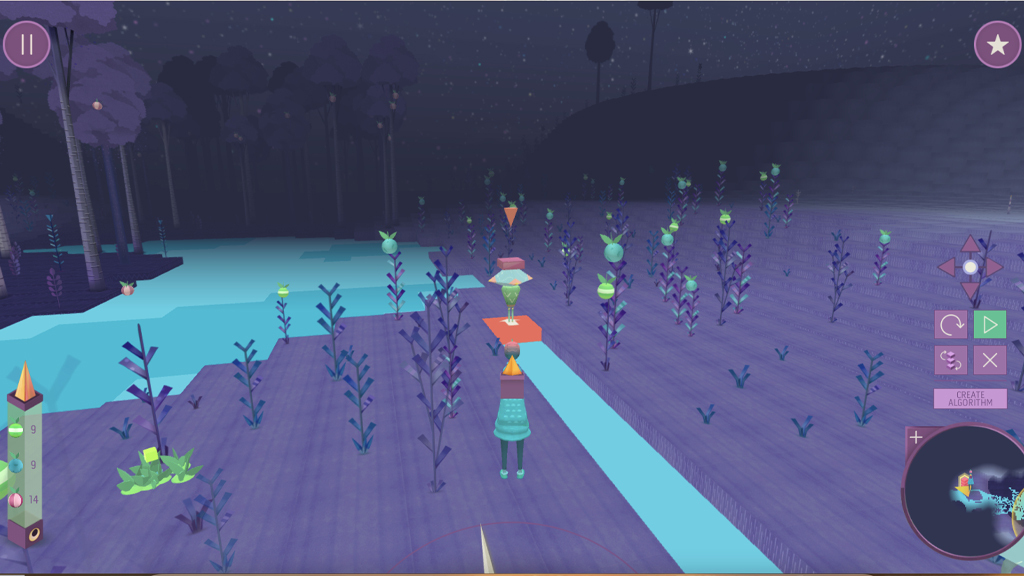Archive: Science Update: Europa Clipper: Exploring an Ocean World, May 11, 2023
In this web seminar, a team from NASA’s Jet Propulsion Laboratory will share information about the exciting Europa Clipper mission that will explore Jupiter’s moon Europa. Launching in 2024, Europa Clipper will study Europa’s icy surface and subsurface water ocean, helping us learn more about whether there are places on Europa that could be habitable.
In this web seminar, a team from NASA’s Jet Propulsion Laboratory will share information about the exciting Europa Clipper mission that will explore Jupiter’s moon Europa. Launching in 2024, Europa Clipper will study Europa’s icy surface and subsurface water ocean, helping us learn more about whether there are places on Europa that could be habitable.
In this web seminar, a team from NASA’s Jet Propulsion Laboratory will share information about the exciting Europa Clipper mission that will explore Jupiter’s moon Europa. Launching in 2024, Europa Clipper will study Europa’s icy surface and subsurface water ocean, helping us learn more about whether there are places on Europa that could be habitable.
In this web seminar, a team from NASA’s Jet Propulsion Laboratory will share information about the exciting Europa Clipper mission that will explore Jupiter’s moon Europa. Launching in 2024, Europa Clipper will study Europa’s icy surface and subsurface water ocean, helping us learn more about whether there are places on Europa that could be habitable.








